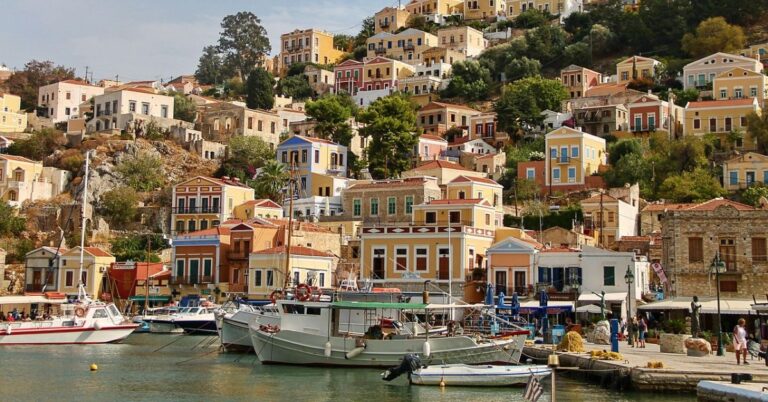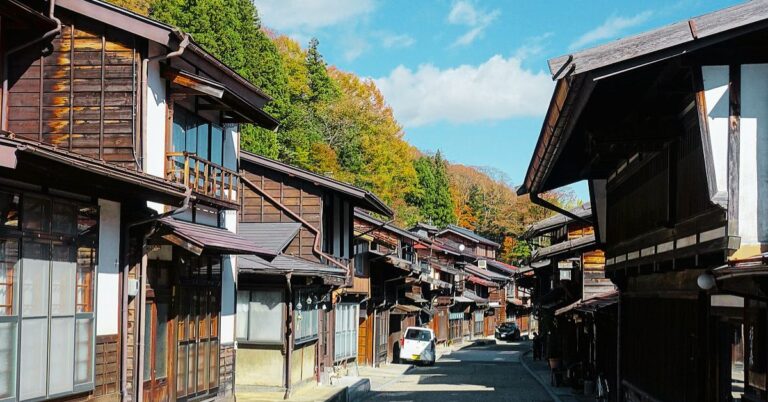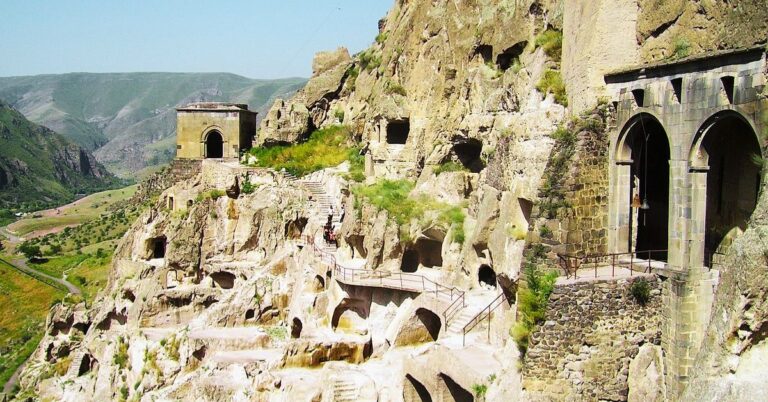15 Interesting Things About Gubbio, Italy’s Ancient Town

Located in the heart of Umbria, Gubbio feels straight out of a storybook, with a few unexpected twists. Its stone streets whisper secrets, and legends blur the line between history and myth. Do you think you know Italy? Gubbio is here to surprise you!
Ancient Origins Of Gubbio
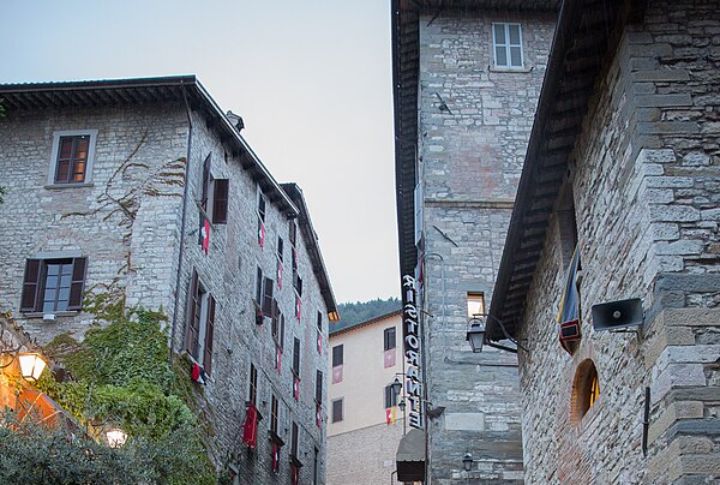
Over 3,000 years old, Gubbio was founded by the Umbrians and remains one of Italy’s oldest towns. As you walk its medieval streets, you’ll see narrow alleys and worn stone staircases, which connect the past to the present. The echoes of ancient civilizations and traditions still shape this town’s look and feel.
The Iguvine Tablets Discovery
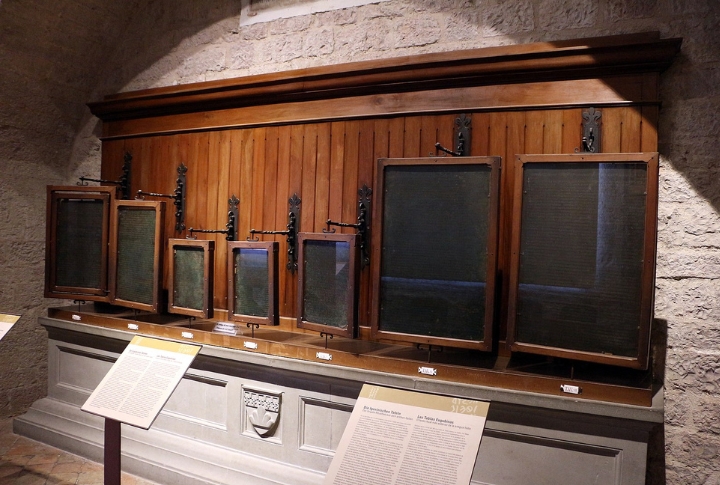
Seven bronze tablets inscribed in the ancient Umbrian script were found in Gubbio, preserving religious rites and civic laws. Dating to 300–100 BCE, they provide the longest surviving text in this extinct language. These artifacts now rest in Palazzo dei Consoli, awaiting curious minds eager to decode history.
Medieval Architecture Of Gubbio
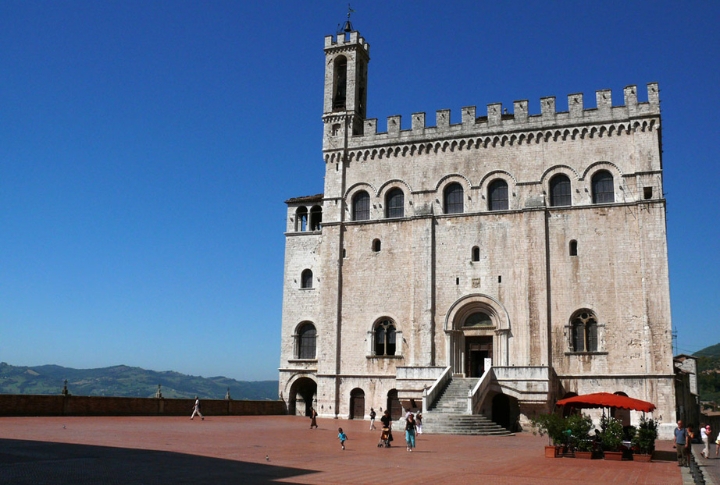
Gubbio’s medieval construction is woven into its cobblestone alleys and fortified palaces. The Palazzo dei Consoli stands at its heart, a Gothic masterpiece from 1332 that once echoed town meetings and official decrees. Its imposing facade and grand staircase dominate the skyline.
Corsa Dei Ceri Festival
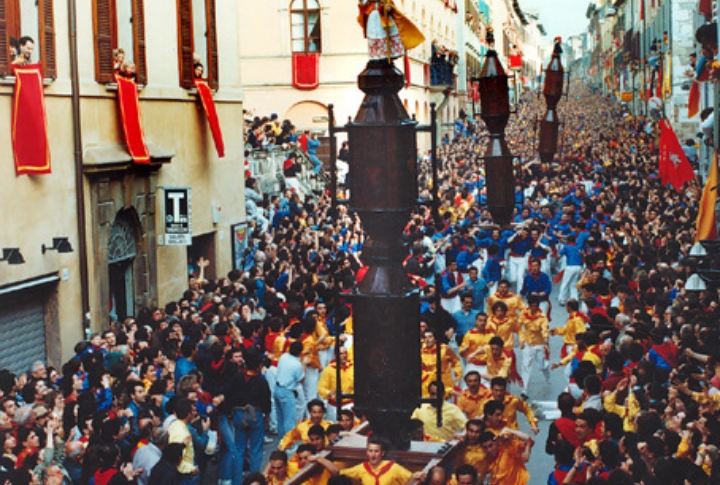
Every May 15th, Gubbio bursts into a frenzy of energy for the Corsa dei Ceri, a breathtaking race honoring Saint Ubaldo. Three massive wooden statues, each representing a patron saint, are hoisted onto the shoulders of determined teams who charge uphill through the town’s winding streets.
Gubbio’s Roman Theater

Constructed in the 1st century BCE, this semi-circular marvel entertained 6,000 spectators with dramatic plays and cultural performances. Located just outside Gubbio’s historic center, its ruins still host performances today. Imagine sitting where ancient Romans once gathered to witness such local performances.
Saint Ubaldo’s Basilica
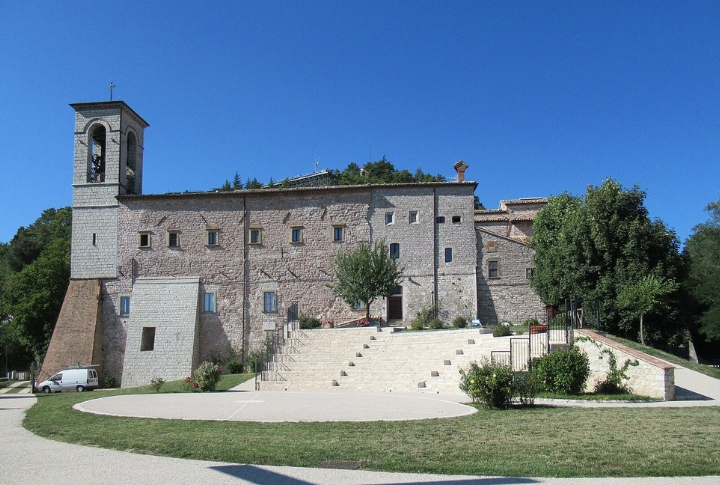
Perched atop Mount Ingino, this basilica proudly safeguards Saint Ubaldo’s incorrupt body, a sacred relic honoring Gubbio’s protector since 1160. While climbing the scenic path offers breathtaking views, many pilgrims and visitors prefer the funivia. It’s a unique standing cable car that effortlessly whisks people skyward in just six minutes!
Saint Francis And The Wolf Legend
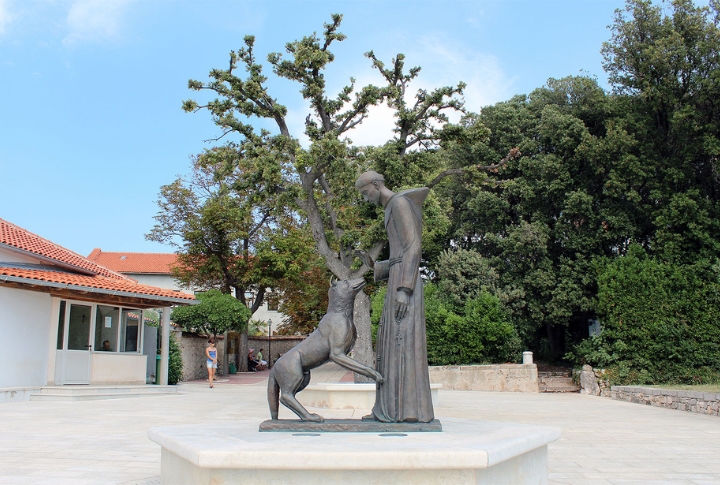
According to 13th-century legend, Gubbio once lived in fear of a ferocious wolf that attacked livestock and terrified the townspeople. Desperate for help, they turned to Saint Francis of Assisi, who fearlessly confronted the beast. He tamed the wolf with a simple blessing and gentle words, turning it into a loyal companion rather than a menace.
Gubbio’s Majolica Pottery Tradition
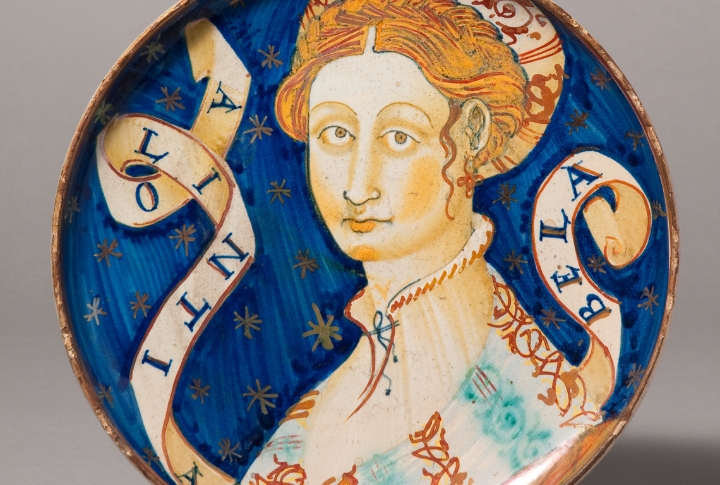
During the Renaissance, Gubbio’s artisans perfected a shimmering lusterware technique sought after by European nobility. Distinctive red and gold hues define these ceramics, some displayed in the Victoria and Albert Museum. Local workshops still preserve this delicate craft to ensure Gubbio’s artistic legacy remains unbroken.
Mount Ingino Christmas Tree

Since 1981, Gubbio has turned Mount Ingino into a breathtaking holiday wonder with the world’s largest Christmas tree. Stretching 650 meters up the mountainside, this Guinness-recognized marvel glows with over 700 twinkling lights. It creates a magical spectacle visible for miles!
The Roman Mausoleum
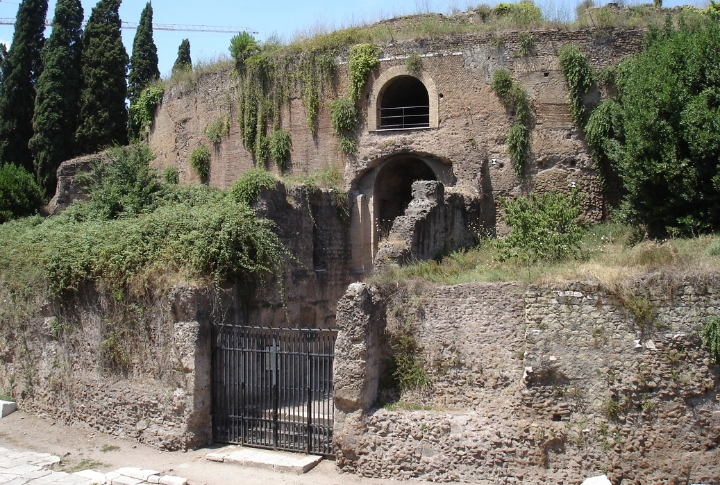
Just a short walk from Gubbio’s Roman Theater, a mysterious stone structure dating back to the 1st century CE stands as a silent witness to the past: the Roman Mausoleum. Unlike grand imperial tombs, this circular burial site has an air of secrecy, as historians still debate who was laid to rest here.
The Palazzo Ducale

Built for Duke Federico da Montefeltro in the 15th century, Palazzo Ducale is a striking example of Renaissance elegance in medieval Gubbio. Inspired by Urbino’s grandeur, it features ornate courtyards, intricate woodwork, and breathtaking panoramic views.
The Fontana dei Matti
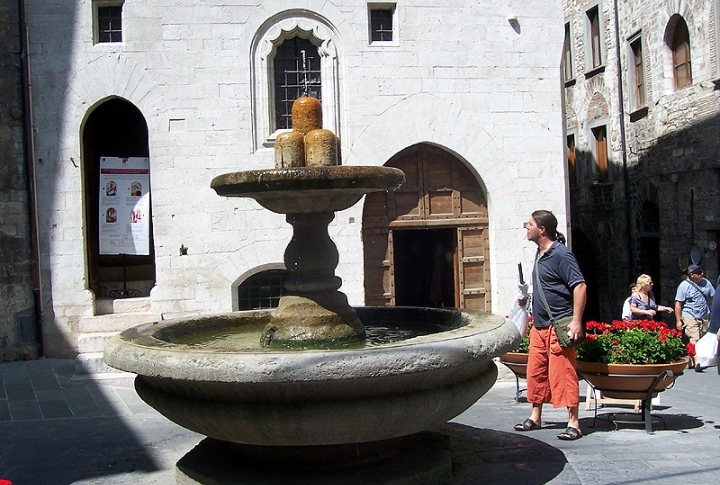
In Gubbio, taking part in a quirky “madness ritual” earns you honorary citizenship! The Fontana dei Matti (Fountain of the Madmen) is said to grant membership into the “madman’s club” if you circle it three times while being sprinkled with its water. What a fun tradition!
The Gola del Bottaccione
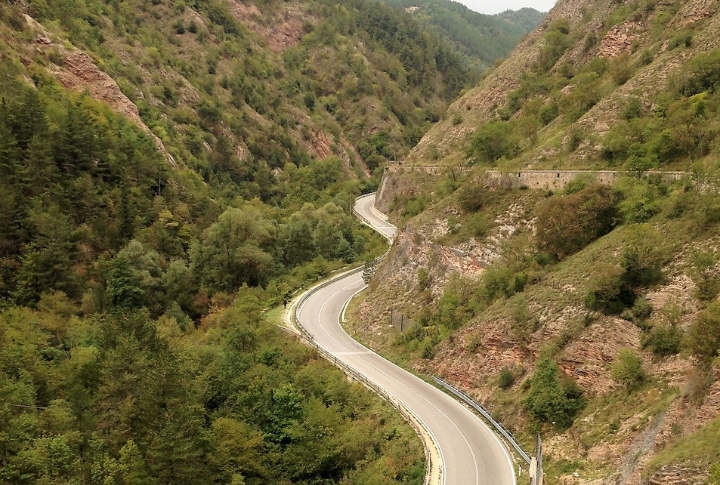
Just outside Gubbio, the Gola del Bottaccione gorge contains a thin layer of iridium-rich rock. This rock provides key evidence for the asteroid effect that wiped out the dinosaurs 66 million years ago. Scientists worldwide have studied this site, making Gubbio a small but significant player in unraveling Earth’s past.
Gubbio’s Unique Dialect and Expressions
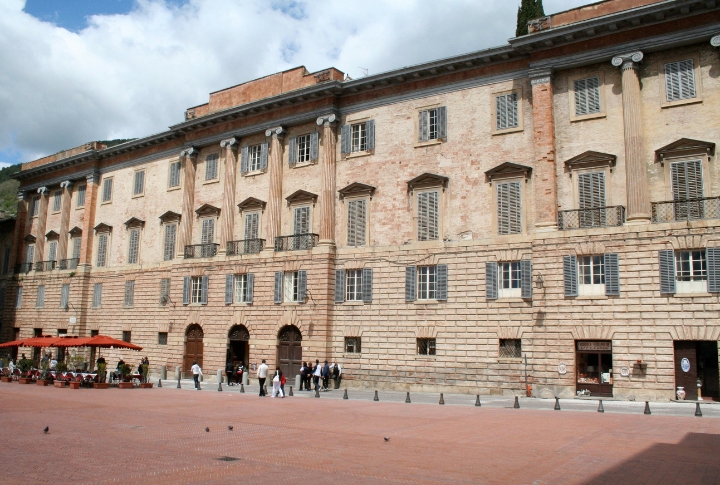
Have you ever heard Italian words that sound not entirely Italian? You will, in Gubbio! Here, the local dialect is so unique that even native Italians might scratch their heads in confusion! For example, if someone in Gubbio greets you with “V’ha fatt’?” it means “What’s up,” which is “Come va” in Italian.
Monte Cucco Park’s Underground Tunnels
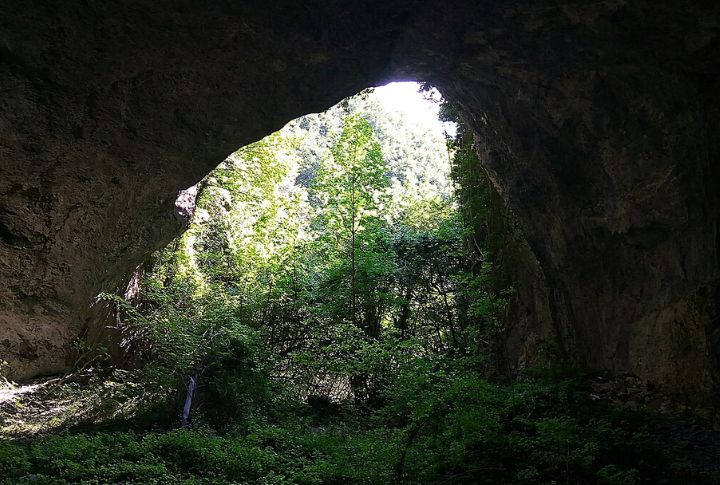
Just around the corner of Gubbio is the Monte Cucco Park, which hides a world of underground tunnels and caves, some dating back to Roman times. These mysterious corridors once served as defense routes and even sacred spaces for religious ceremonies. However, much of this subterranean network remains unexplored.


